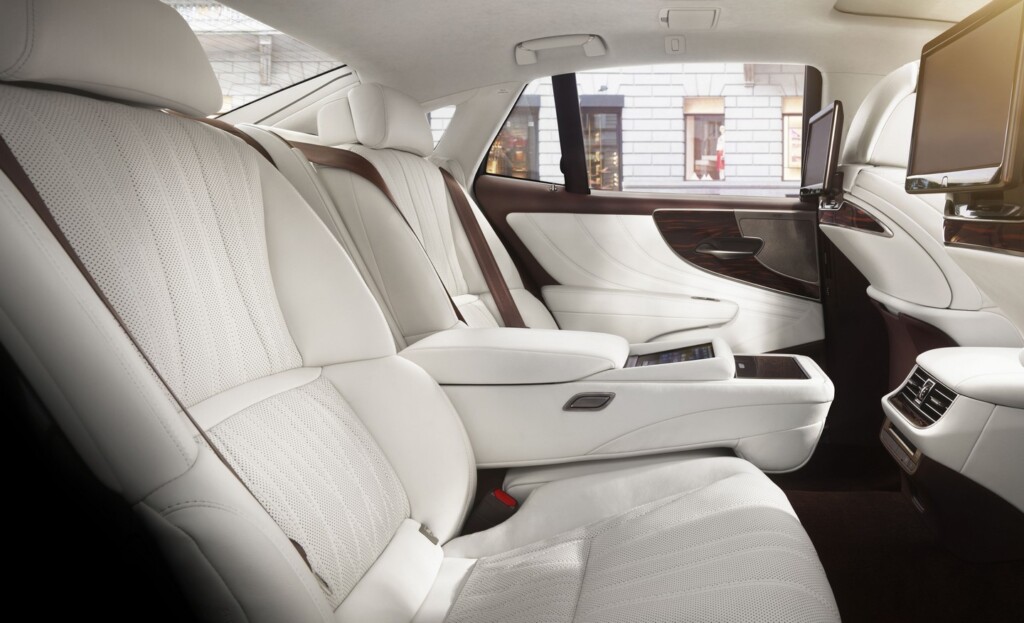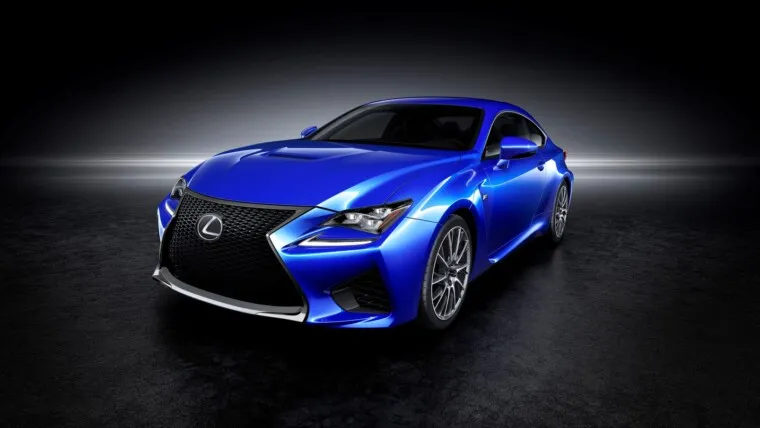Next year’s Lexus flagship LS sedan will advance the finest traditions of a luxury chauffeur-driven limousine by providing the grandest levels of comfort and convenience for those who sit in the back. Lexus sought the counsel of professional masseurs trained in the Japanese art of Shiatsu to define seven diverse 15-minute relaxation massage programs to pamper rear-seat occupants. Take that Mercedes-Benz, this seems to be heading towards to.
Showcasing the luxury brand’s commitment to high-quality craftsmanship, the rear seats highlight what Lexus calls omotenashi, the Japanese way of hospitality. Air bladders integrated into the seatbacks and seat cushions apply pressure to the passengers’ back and lower hip to facilitate physical and emotional relaxation. The professional masseurs determined how pressure should be applied and in what order to ensure passengers enjoy a truly relaxing experience.
The rear seats, which offer 22-way power adjustments and a warming function with the massage programs, reflect a distinctively Japanese level of detail and care that is exhibited throughout the interior. While the stunning exterior design of the LS has been widely lauded, the car’s cabin reveals a never-before-seen level of takumi craftsmanship, prompting observations that the true beauty of the LS lies beneath the surface.
Chief designer of the LS, Koichi Suga, said his team was inspired by Japanese culture as it took up numerous challenges with the LS.
“As a Japanese luxury brand, we wanted to integrate elements of Japanese culture and the timeless appeal of Japanese craftsmanship into the artistic side of Lexus,” Mr. Suga said. He said one of the challenges was incorporating design elements inspired by origami into the LS cabin. Origami is the traditional Japanese art of paper folding, which Mr. Suga was determined to showcase in the LS.
He conveyed his vision to a colour designer, who worked with a skilled fabric artisan from Kyoto. Together they developed hand pleats to upholster the inner door panels, a special pleated fabric with a three-dimensional pattern that is both pleasing to the eye and touch. Each piece of fabric is expertly folded by the artisan’s hand into perfect geometric shapes.
“The pattern in this fabric has the ability to change its expression, depending on whether it is struck by daytime sunlight or illuminated by interior lighting at night,” Mr Suga said. “The result is a comfortable space that envelops the driver and passengers in elegance.”
Another unique element on the inner doors of the new LS is a special kiriko-cut glass piece that gives the LS instant distinctiveness and a level of artistry never before seen in an automobile. Kiriko is a Japanese coloured glass craft in which delicate patterns are cut into glass to refract different colours of light.
Through repeated trial and error, craftsmen created a high-quality piece of glass that appears beautiful and delicate but is in fact incredibly strong, thanks to advanced glass-reinforcement technology.
“This special ornamentation piece boasts the best of both worlds in terms of an industrial product that is also a work of art,” Mr. Suga said. “The look and feel of this glass trim piece, like the hand-pleated fabric, transforms depending on the viewing angle and time of day.”
Mr. Suga also wanted to take full advantage of Japan’s sophisticated sliced-veneer manufacturing technologies and the exceptional Lexus laser-cut techniques for the interior wood trim of the LS.
Real wood is used in the LS cabin, expertly veneered by takumi masters to give a pattern that is unique to Lexus with a bold cross-grain pattern and sophisticated contrasts between light and dark.
Using the mesh pattern of the front grille for inspiration, laser-cut technology creates a distinct look of artisan inlaid wood that complements the ornamentation of the interior. The finished look combines real wood and metal elements in an elaborately detailed way that conveys a truly unique effect.








